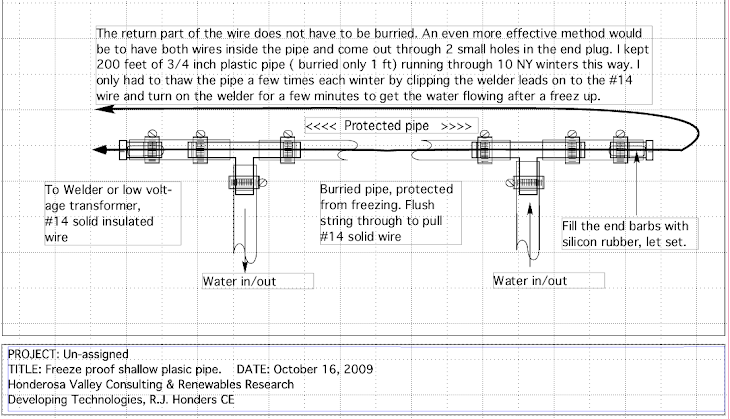Some answers, can you guess the questions?
Yep, I am asked about pumping water back up the hill about once a week. And I'm not saying 'never works' , only that you'll never get more energy out than is put in.
In some cases it pays! If electric costs at night are 1/3 of daytime charges you could make money by using twice as much electricity to pump the water up than you will get out on the trip down through the turbo generators during daytime with rates 3X higher.
A rough approximation for power (Watts) you can get from water at a height is: Gallons per minute times feet of height all divided by 14. So with the given 12 feet and 1000 gal/min you could generate about 900 watts for 15 minutes starting with the 15000 gallon tank full. To fill the tank would take a bit more than 900 Watts for a little more more than 15 minutes, and so you would end up with a net loss of energy every time around this loop. You would be better off with just a wind mill and some solar panels, and using storage batteries instead of the water tank scheme for storage.
One HP is 746 Watts, so a 100 HP motor would require 74,600 Watts for however long it runs with a load. And if you want to use the motor as generator you would have to have 74,600 Watts of water power where you only have 900 Watts for 15 minutes, or 450W for 30 minutes, or 0.225 kWatt hours from you water tank. So a half HP motor would be more appropriate as a generator.
Start with these basic numbers and estimates, then decide on the size of the equipment to handle the available energy. A 100HP motor does not make 100HP unless you put that much energy into it, either electrical or mechanical shaft rotation. It only converts mechanical to electrical and vise-versa. And if you use too big a motor (energy converter) for the energy input you will waste a lot of energy in bearing friction, windage and other losses. So it is important to match your machinery to the energy source. Don't buy machinery before you determine what the available energy sources can deliver. Measure head and flow, wind velocity over time, or sunshine over time, then calculate Watts or kiloWatts available and see if this will meet your needs at a reasonable cost. With wind and solar you can install a bigger mill or more panels to get more kWatts while the wind blows or the sun shines. With water there only flows so much for so long on average and a bigger turbo-generator may not be able to run efficiently or at all during low flow periods or dry spells.








